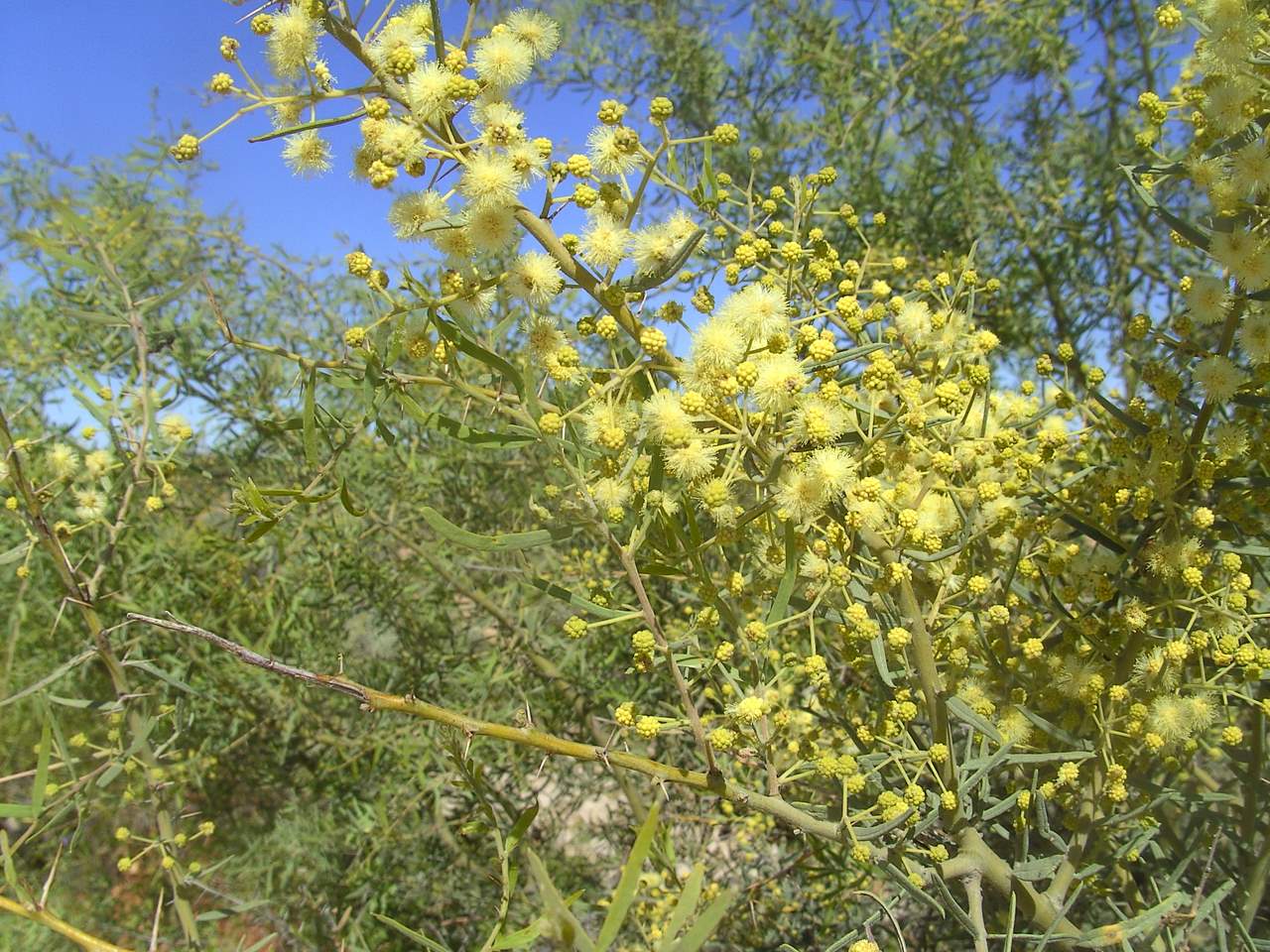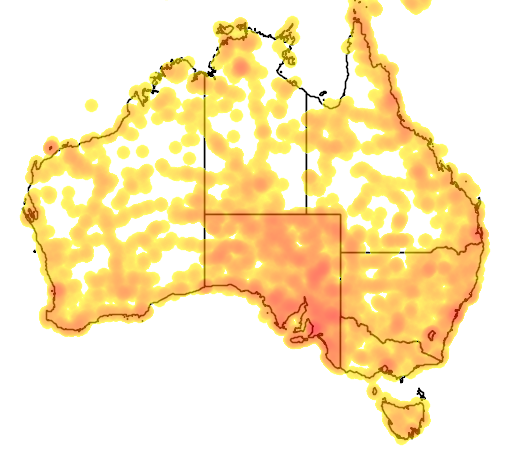|
Jalmenus Lithochroa
''Jalmenus lithochroa'', the lithochroa blue or Waterhouse's hairstreak, is a butterfly of the family Lycaenidae. It is endemic to a small area around Adelaide in South Australia. The wingspan is about 30 mm. The larvae feed on ''Acacia pycnantha'' and ''Acacia victoriae''. The caterpillars are attended by the ant species ''Iridomyrmex purpureus ''Iridomyrmex'' is a genus of ants called rainbow ants (referring to their blue-green iridescent sheen) first described by Austrian entomologist Gustav Mayr in 1862. He placed the genus in the subfamily Dolichoderinae of the family Formicida ...'' and '' Iridomyrmex viridiaeneus''. External linksAustralian Insects Theclina ... [...More Info...] [...Related Items...] OR: [Wikipedia] [Google] [Baidu] |
Gustavus Athol Waterhouse
Gustavus Athol Waterhouse (21 May 1877 – 29 July 1950), was an eminent Australian Entomology, entomologist. Waterhouse was born at Waverley, New South Wales, Waverley in Sydney. His father, Gustavus John, was a Tasmanian born ship owner who also served as an alderman on the City of Sydney, Sydney Municipal Council. His mother, Mary Jane, was also Australian born. Both parents were avid collectors: Gustavus senior collected Pacific Island Artifact (archaeology), artefacts; and Mary Jane collected shells. They had five children, Athol being the eldest. He was educated at Waverley Public, then at the Sydney Grammar School, where he was followed by his brothers—Eben Gowrie Waterhouse, Eben Gowrie and Leslie Vickery—and spent lunch hours browsing in the Australian Museum next door. After matriculation, matriculating from Grammar in 1895, Waterhouse enrolled at the University of Sydney, where he graduated with bachelor's degrees in Bachelor of Science, science (1899) and Bachelor ... [...More Info...] [...Related Items...] OR: [Wikipedia] [Google] [Baidu] |
Lycaenidae
Lycaenidae is the second-largest family of butterflies (behind Nymphalidae, brush-footed butterflies), with over 6,000 species worldwide, whose members are also called gossamer-winged butterflies. They constitute about 30% of the known butterfly species. The family comprises seven subfamilies, including the blues (Polyommatinae), the coppers (Lycaeninae), the hairstreaks (Theclinae), and the harvesters (Miletinae). Description, food, and life cycle Adults are small, under 5 cm usually, and brightly coloured, sometimes with a metallic gloss. Larvae are often flattened rather than cylindrical, with glands that may produce secretions that attract and subdue ants. Their cuticles tend to be thickened. Some larvae are capable of producing vibrations and low sounds that are transmitted through the substrates they inhabit. They use these sounds to communicate with ants.Pierce, N. E.; Braby, M. F.; Heath, A.; Lohman, D. J.; Mathew, J.; Rand, D. B. & Travassos, M. A. (2002)"The eco ... [...More Info...] [...Related Items...] OR: [Wikipedia] [Google] [Baidu] |
Adelaide
Adelaide ( ) is the capital city of South Australia, the state's largest city and the fifth-most populous city in Australia. "Adelaide" may refer to either Greater Adelaide (including the Adelaide Hills) or the Adelaide city centre. The demonym ''Adelaidean'' is used to denote the city and the residents of Adelaide. The Traditional Owners of the Adelaide region are the Kaurna people. The area of the city centre and surrounding parklands is called ' in the Kaurna language. Adelaide is situated on the Adelaide Plains north of the Fleurieu Peninsula, between the Gulf St Vincent in the west and the Mount Lofty Ranges in the east. Its metropolitan area extends from the coast to the foothills of the Mount Lofty Ranges, and stretches from Gawler in the north to Sellicks Beach in the south. Named in honour of Queen Adelaide, the city was founded in 1836 as the planned capital for the only freely-settled British province in Australia. Colonel William Light, one of Adelaide's foun ... [...More Info...] [...Related Items...] OR: [Wikipedia] [Google] [Baidu] |
South Australia
South Australia (commonly abbreviated as SA) is a state in the southern central part of Australia. It covers some of the most arid parts of the country. With a total land area of , it is the fourth-largest of Australia's states and territories by area, and second smallest state by population. It has a total of 1.8 million people. Its population is the second most highly centralised in Australia, after Western Australia, with more than 77 percent of South Australians living in the capital Adelaide, or its environs. Other population centres in the state are relatively small; Mount Gambier, the second-largest centre, has a population of 33,233. South Australia shares borders with all of the other mainland states, as well as the Northern Territory; it is bordered to the west by Western Australia, to the north by the Northern Territory, to the north-east by Queensland, to the east by New South Wales, to the south-east by Victoria, and to the south by the Great Australian Bight.M ... [...More Info...] [...Related Items...] OR: [Wikipedia] [Google] [Baidu] |
Wingspan
The wingspan (or just span) of a bird or an airplane is the distance from one wingtip to the other wingtip. For example, the Boeing 777–200 has a wingspan of , and a wandering albatross (''Diomedea exulans'') caught in 1965 had a wingspan of , the official record for a living bird. The term wingspan, more technically extent, is also used for other winged animals such as pterosaurs, bats, insects, etc., and other aircraft such as ornithopters. In humans, the term wingspan also refers to the arm span, which is distance between the length from one end of an individual's arms (measured at the fingertips) to the other when raised parallel to the ground at shoulder height at a 90º angle. Former professional basketball player Manute Bol stood at and owned one of the largest wingspans at . Wingspan of aircraft The wingspan of an aircraft is always measured in a straight line, from wingtip to wingtip, independently of wing shape or sweep. Implications for aircraft design and anima ... [...More Info...] [...Related Items...] OR: [Wikipedia] [Google] [Baidu] |
Acacia Pycnantha
''Acacia pycnantha'', most commonly known as the golden wattle, is a tree of the family Fabaceae native to southeastern Australia. It grows to a height of and has phyllodes (flattened leaf stalks) instead of true leaves. Sickle-shaped, these are between long, and wide. The profuse fragrant, golden flowers appear in late winter and spring, followed by long seed pods. Plants are cross-pollinated by several species of honeyeater and thornbill, which visit nectaries on the phyllodes and brush against flowers, transferring pollen between them. An understorey plant in eucalyptus forest, it is found from southern New South Wales and the Australian Capital Territory, through Victoria and into southeastern South Australia. Explorer Thomas Mitchell collected the type specimen, from which George Bentham wrote the species description in 1842. No subspecies are recognised. The bark of ''A. pycnantha'' produces more tannin than any other wattle species, resulting in its commercial culti ... [...More Info...] [...Related Items...] OR: [Wikipedia] [Google] [Baidu] |
Acacia Victoriae
''Acacia victoriae'', commonly known as gundabluie or bardi bush, is a shrub-like tree native to Australia. Subspecies: ''A. victoriae'' subsp. ''arida'' Pedley Distribution and ecology Found in arid and semi-arid areas, the ''Acacia victoriae'' is generally found in alkaline soils including clayey alluvials, grey cracking clays and saline loams on floodplains, alluvial flats, rocky hillsides and ridges. Animals such as birds and small mammals are known to use the tree as protection. The seeds and foliage also offer a source of food to animals.Worldwide Wattle (2012). ''Acacia victoriae'' Benth. Retrieved from: http://www.worldwidewattle.com/infogallery/utilisation/acaciasearch/pdf/victoriae.pdf Description Mature ''Acacia victoriae'' grow into a shrub-like tree with multiple trunks. They reach a height of about 5–6 meters and are moderately fast growing. It has a life-span of about 10–15 years. The tree has a large root system, known to extend to 20m. It is able to surviv ... [...More Info...] [...Related Items...] OR: [Wikipedia] [Google] [Baidu] |
Iridomyrmex Purpureus
''Iridomyrmex'' is a genus of ants called rainbow ants (referring to their blue-green iridescent sheen) first described by Austrian entomologist Gustav Mayr in 1862. He placed the genus in the subfamily Dolichoderinae of the family Formicidae. It has 79 described species and five fossil species. Most of these ants are native to Australia; others are found in Asia and Oceania, and they have been introduced to Brazil, New Zealand, and the United Arab Emirates. Fossil species are known from China, France, and the United States. These ants are known to be an ecologically dominant and important group of ants, but they are sometimes regarded as pests because they disturb soil and enter human houses. Farmers in rural Australia place animal carcasses on meat ant ('' I. purpureus'') mounds as a method of disposing of them; meat ants consume the carcass and reduce it to bones in a matter of weeks. Meat ants also engage in ritualised fighting, which helps prevent casualties and solve te ... [...More Info...] [...Related Items...] OR: [Wikipedia] [Google] [Baidu] |
Iridomyrmex Viridiaeneus
''Iridomyrmex viridiaeneus'' is a species of ant in the genus ''Iridomyrmex''. Described by Viehmeyer in 1914, the species is among the most widespread species in Australia Australia, officially the Commonwealth of Australia, is a Sovereign state, sovereign country comprising the mainland of the Australia (continent), Australian continent, the island of Tasmania, and numerous List of islands of Australia, sma ... of the genus. References Iridomyrmex Hymenoptera of Australia Insects described in 1914 {{Iridomyrmex-stub ... [...More Info...] [...Related Items...] OR: [Wikipedia] [Google] [Baidu] |
Theclinae
The subfamily Theclinae is a group of butterflies, often referred to as hairstreaks, with some species instead known as elfins or by other names. The group is part of the family Lycaenidae, the "gossamer-winged butterflies". There are many tropical species as well as a number found in the Americas. Tropical hairstreaks often have iridescent blue coloration above, caused by reflected light from the structure of the wing scales rather than by pigment. Hairstreaks from North America are commonly brown above. Few Theclinae are migratory. Members of this group are described as 'thecline'. Systematics The systematics and phylogeny of the numerous Theclinae has not reached a robust consensus yet. The arrangement presented here is based on Savela (2007), but be aware that it is probably oversplit and several tribes may not be valid. Nonetheless, the tribes as listed here generally seem to represent monophyletic lineages, but whether this is indeed so and whether these are distinct enoug ... [...More Info...] [...Related Items...] OR: [Wikipedia] [Google] [Baidu] |
Butterflies Described In 1903
Butterflies are insects in the macrolepidopteran clade Rhopalocera from the order Lepidoptera, which also includes moths. Adult butterflies have large, often brightly coloured wings, and conspicuous, fluttering flight. The group comprises the large superfamily Papilionoidea, which contains at least one former group, the skippers (formerly the superfamily "Hesperioidea"), and the most recent analyses suggest it also contains the moth-butterflies (formerly the superfamily "Hedyloidea"). Butterfly fossils date to the Paleocene, about 56 million years ago. Butterflies have a four-stage life cycle, as like most insects they undergo complete metamorphosis. Winged adults lay eggs on the food plant on which their larvae, known as caterpillars, will feed. The caterpillars grow, sometimes very rapidly, and when fully developed, pupate in a chrysalis. When metamorphosis is complete, the pupal skin splits, the adult insect climbs out, and after its wings have expanded and dried, ... [...More Info...] [...Related Items...] OR: [Wikipedia] [Google] [Baidu] |






_male_in_flight.jpg)